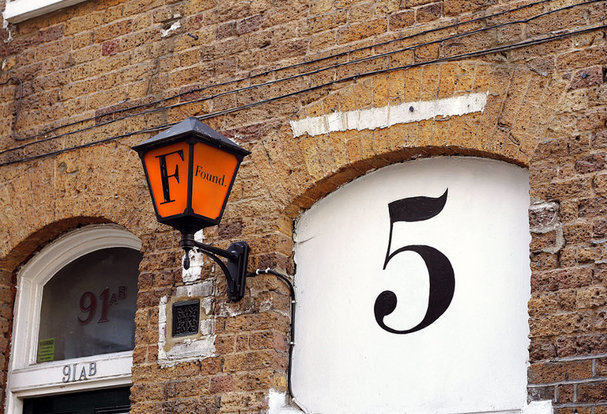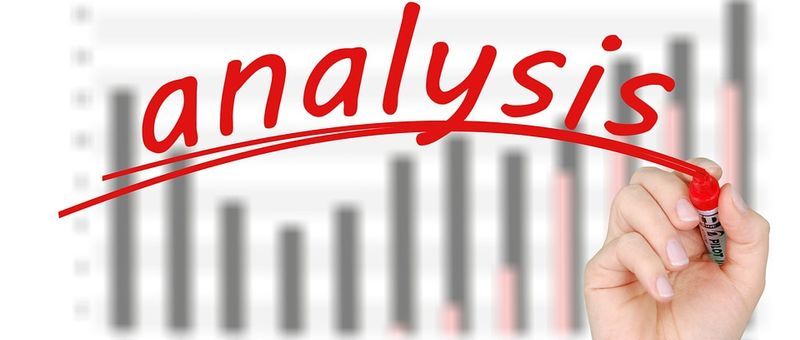A significant number of people trade in stocks and the forex market part time. However, while several people take this path, not everyone is successful. Some of the problems that part time traders tend to encounter include an absence of structure, a lack of clear vision, as well as little to no accountability. Besides, trading sporadically may lead to missed opportunities. So, can you make part time trading work for you?
Part Time or Casual
It is important that you distinguish between part time and casual trading at the very onset. While many traders recommended part time trading, it requires that you trade every day, during the times that are most conducive. This leaves you with time to pursue your regular job or anything else you might fancy. A casual trader, on the other hand, is one who trades whenever time permits, or at least, not regularly.
Casual trading is not the best way forward because markets act differently at different times, and trading indiscriminately does not make for an effective strategy. Without set times, there is little chance that your trading will have any suitable planning or structure. While part time traders trade almost every day, casual traders might not trade for days at a time.
Do You Enjoy Trading?
Gav Smythe, the founder of iCompareFX.com, opines that you should “consider jumping on the trading bandwagon only if you enjoy the process, and not just with the aim of making quick money.” He adds that, “if you are fascinated by trends in everyday life and like analyzing them, you may well be cut out for trading part time.” However, if you plan to carry on depending solely on the advice of others, you might have a rough road ahead.
How Well Do You Manage Money?
Effective money management skills make all the difference between successful traders and the ones who are not. For instance, traders worth their salt understand that high returns come with high risks. As a part time trader you might do away with taking higher risks because you have a regular source of income. On the other hand, part time traders with regular sources of income might end up spending unnecessarily, and to no good effect, by trying to right previous wrongs.

5 Tips to Succeed as a Part Time Trader
If you’ve decided to test the waters, following these pointers might hold you in good stead.
1. Time Matters
Most part time traders devote anywhere from one to three hours toward trading every day. What helps is that the highest returns possible in short spans of time, typically concentrate around the opening and closing times of trading. In the United States, these are 9:30 am EST and 4:00 pm EST, respectively. During your early days, you should ideally be prepared by around 9:15 am. Bear in mind that the first half an hour is typically the most volatile, and consequently, offers the most potential.
 If you cannot make time to trade in stocks when the market opens, you may consider trading in the forex market because this sphere depends on different time zones and offers a more flexible alternative.
If you cannot make time to trade in stocks when the market opens, you may consider trading in the forex market because this sphere depends on different time zones and offers a more flexible alternative.
New York is open from 8:00 am to 5:00 pm EST, Tokyo is open from 7:00 pm to 4:00 am EST, Sydney is open from 5:00 pm to 2:00 am EST, and London is open from 3:00 am to 12:00 pm EST.
2. Step In, Don’t Dive In
 The ability to buy or sell excessively in comparison to your trading capital comes with a pitfall. As a newcomer, you might be inclined to increase your position sizes considerably after a few successful trades.
The ability to buy or sell excessively in comparison to your trading capital comes with a pitfall. As a newcomer, you might be inclined to increase your position sizes considerably after a few successful trades.
However, such a move might increase your risk by a significant extent. What typically follows is fear. It is important that you use as little leverage as you can to keep the excessive apprehensiveness in check.
3. Watch Your Ego

You might be surprised to learn that a significant percentage of trades result in losses. It is crucial that you do not beat yourself down about trades that turn sour, and you definitely need to avoid making aggressive bets to rectify things right in such a scenario.
Keeping your ego under control as a trader is important because you really need to know when to put the brakes. It is not without reason that even experts choose to wait out periods that they might consider uncertain.
4. Consider Swing Trading

Swing trades typically last for two to six days, but they may even last for months, keeping in mind market conditions and trading strategies.
While part time traders get different strategies from which to choose, the aim of most is to determine any given stock’s sweet spot or the direction in which it is trending.
Given that swing trading does not depend on a particular entry or exit points, and traders don’t have to keep track of the market at all times, part time enthusiasts may benefit from this type of trading.
5. Set Target / Stop Levels and Breathe Easy

It is common for new part timers to enter trades and then continually keep track of their positions. However, this may result in over trading, which can be a particular concern if you are swing trading and looking at hitting the sweet spot.
Before you carry out a trade, research your position well and set target/stop levels accordingly. Then, it’s best that you turn off the quote feed and rest easy. This is because the possibility of you suffering a major loss with a stop loss order in place is slim.
In Conclusion
Several traders who depend on trading as their primary source of income trade for no more than a few hours a day because they know just when the market is conducive for them to implement their strategies. For instance, trading from 9:30 am to 11:00 am and then getting back to it from 3:00 pm to 4:00 pm might produce rather similar monetary gains when compared to trading through the day. Consequently, once you know your way around, you might make the most of the market by being no more than a part time trader.
Jon Dela Cruz

Author Bio
Jon works as a researcher with iCompareFX, an online platform that lets its users compare the world’s leading overseas money transfer companies. When he can’t find the information needed easily, he takes the route of a mystery shopper. Outside of work, Jon loves exploring music from various genres.



 So, if you are on Daily, your trend-timeframe, I would be on my pattern-view, the four-hour. And then when I’m looking at that third high and third low and the move that takes it through the high 3, that reasserts the bull-trend. That would be my trigger and timing timeframe. I want to really pick that third high and get that stop neatly nailed.
So, if you are on Daily, your trend-timeframe, I would be on my pattern-view, the four-hour. And then when I’m looking at that third high and third low and the move that takes it through the high 3, that reasserts the bull-trend. That would be my trigger and timing timeframe. I want to really pick that third high and get that stop neatly nailed. So, direction…As I’ve probably eluded to; we are continuation orientated, broadly speaking. We’re buying the Trend that is already apparent. If it shows us that is ready to reassert again to the upside, so it has to be self-confirmatory as well, by virtue of its continuation. I keep my direction very, very simple. We believe, the original direction is correct until such times that is proven to be incorrect.
So, direction…As I’ve probably eluded to; we are continuation orientated, broadly speaking. We’re buying the Trend that is already apparent. If it shows us that is ready to reassert again to the upside, so it has to be self-confirmatory as well, by virtue of its continuation. I keep my direction very, very simple. We believe, the original direction is correct until such times that is proven to be incorrect. I think, Analysis – not the actual trading. The amount of work and drawing you do on your charts, pre-actually taking in, is what gives you the confidence. I’ve always found, I’m most confident on a trade, when I really opened the chart up. Historically, I’ve looked to see how it’s performed, how is it continued before, drawn the patterns, projected the targets –
I think, Analysis – not the actual trading. The amount of work and drawing you do on your charts, pre-actually taking in, is what gives you the confidence. I’ve always found, I’m most confident on a trade, when I really opened the chart up. Historically, I’ve looked to see how it’s performed, how is it continued before, drawn the patterns, projected the targets – So, one, or two is going to happen; you really going to stop messing with what you’ve originally wrote down and trade what you’ve defined, or that what you think is important criteria – define that criteria and integrate into your system. What you actually find, is you start being forced to make decisions about what you really want. You can’t get in life what you want until you define it and could write it down.
So, one, or two is going to happen; you really going to stop messing with what you’ve originally wrote down and trade what you’ve defined, or that what you think is important criteria – define that criteria and integrate into your system. What you actually find, is you start being forced to make decisions about what you really want. You can’t get in life what you want until you define it and could write it down.